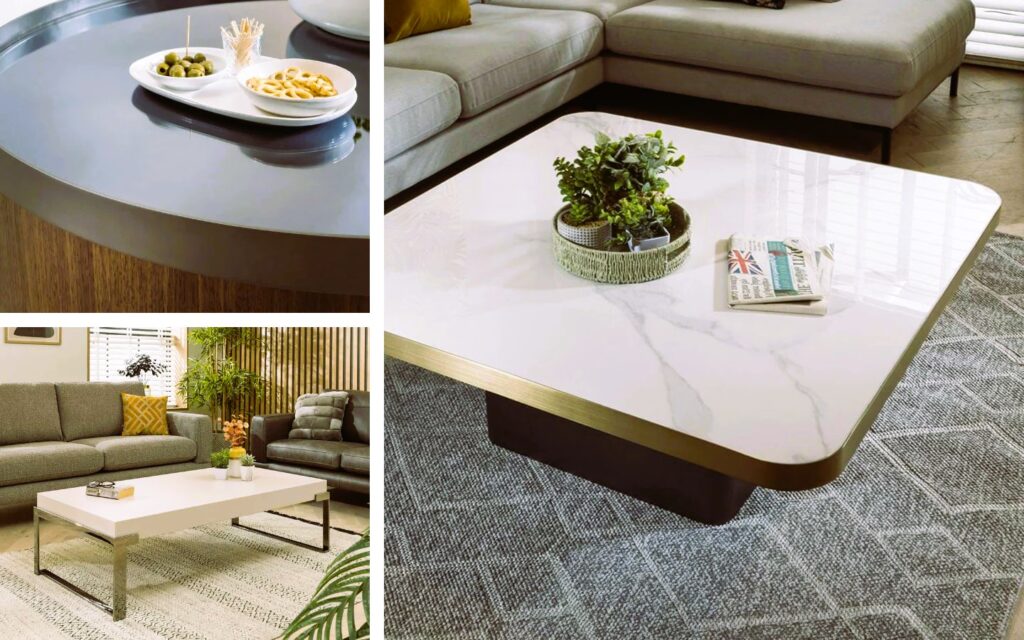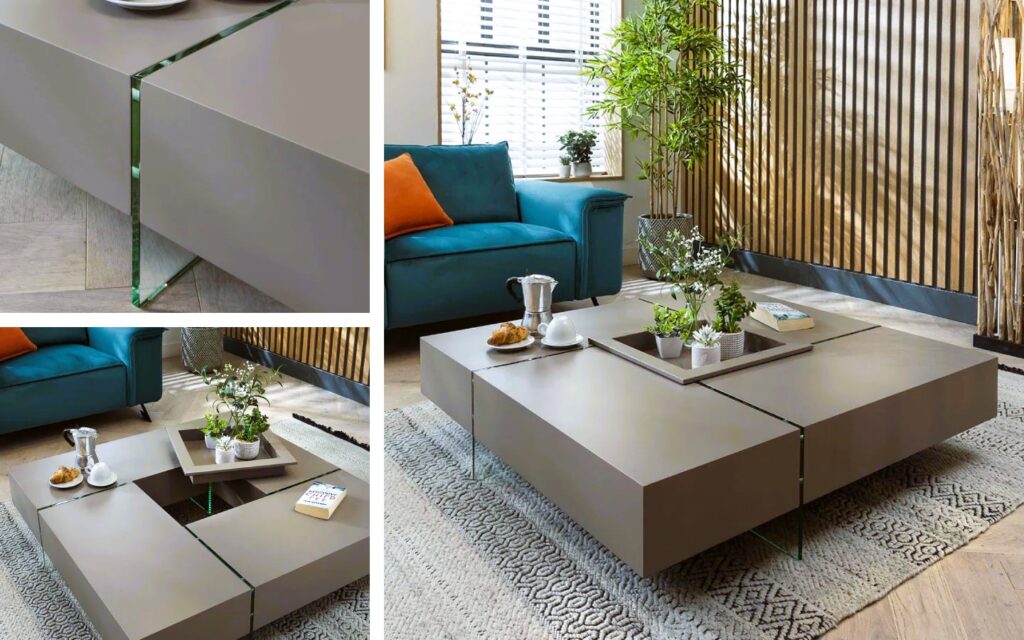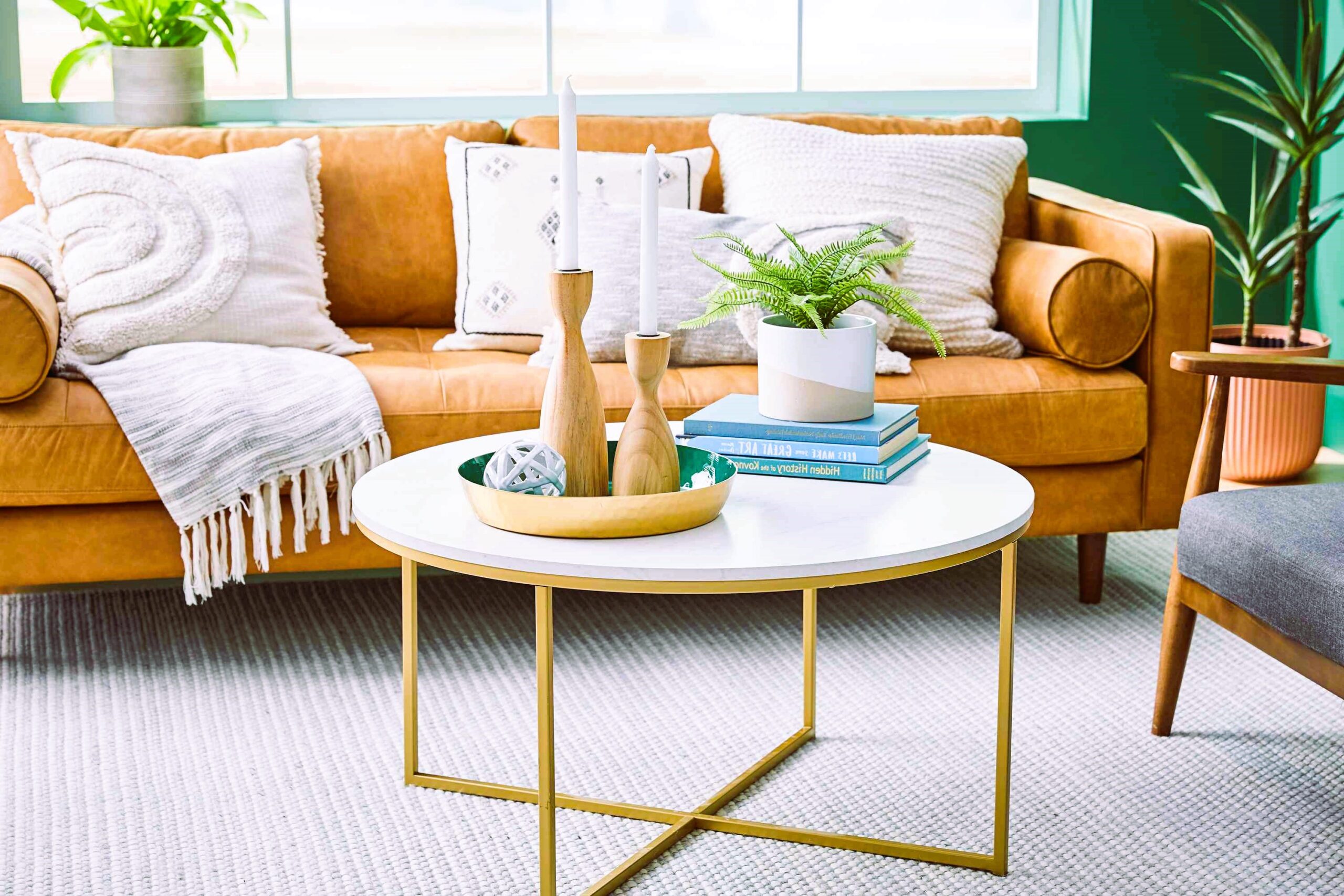The coffee table is not just a piece of furniture; it’s a central element that ties your living room together. It’s where you place your drinks, magazines, and perhaps even your feet after a long day. Choosing the perfect coffee table for your living room is an important decision that goes beyond aesthetics. In this guide, we’ll explore the various factors to consider when selecting the ideal coffee table and how industry standards play a role in ensuring the quality and safety of your furniture.
Consider Your Style and Space
Before diving into the specifics of coffee table selection, it’s essential to consider your living room’s style and available space. Your coffee table should complement the overall design while fitting comfortably within the room’s layout.
Style
- Contemporary: If your living room has a modern and sleek design, look for coffee tables with clean lines and minimalist designs. Materials like glass, metal, and acrylic can work well in contemporary settings.
- Traditional: For a more classic or traditional decor, consider coffee tables made from wood with ornate details and decorative elements. Antique or vintage coffee tables can also be a charming addition.
- Eclectic: If your style is eclectic, you have the freedom to mix and match. Consider unique and artistic coffee tables that add character to your space.
Space
- Size: Measure your living room to determine the ideal size for your coffee table. It should be proportionate to the seating area, allowing enough room for movement.
- Shape: The shape of the coffee table should work well with the shape of your seating arrangement. Rectangular and square tables are traditional choices, while oval or round tables can soften the lines in the room.
- Storage: Consider whether you need storage in your coffee table. Some models come with shelves or drawers, which can help keep your living room tidy.
Material Matters

The material of your coffee table not only affects its appearance but also its durability and maintenance. Here are some common materials used in coffee table construction:
Wood
- Pros: Wood is a timeless and versatile choice that can suit various styles. It’s sturdy and can withstand everyday use.
- Cons: Wooden tables may require regular maintenance and are susceptible to scratches and water damage if not adequately cared for. Choosing the right bed frame for a good night’s sleep, read more here.
Glass
- Pros: Glass tables create a sense of openness and are easy to clean. They work well in contemporary and minimalist settings.
- Cons: Glass can be fragile and may not be the best choice if you have small children or pets.
Metal
- Pros: Metal coffee tables are durable and can add an industrial or modern touch to your living room.
- Cons: Some metal tables may rust or scratch over time, depending on the quality of the finish.
Acrylic
- Pros: Acrylic tables are lightweight and can create a sense of space in a small room. They work well in contemporary and eclectic designs.
- Cons: Acrylic tables may scratch easily and require gentle cleaning to avoid visible marks.
Safety and Quality Standards
When choosing a coffee table, it’s essential to ensure that the product meets safety and quality standards. These standards are in place to protect consumers and guarantee the durability and stability of furniture.
To learn more about furniture standards and regulations, you can visit websites such as Canada.ca. These websites provide information on the standards and regulations in place to ensure the safety and quality of furniture in different regions.
Key Considerations:
- Stability: A well-constructed coffee table should be stable and not prone to tipping over. Ensure that the table has a sturdy base and legs.
- Materials: Check the materials used and ensure they are of high quality. Low-quality materials may not withstand everyday use.
- Finishes: Look for finishes that are non-toxic and do not emit harmful chemicals. This is especially important if you have children or pets.
- Sharp Edges: Examine the table for sharp or protruding edges that could pose a safety risk.
- Weight Capacity: Be aware of the weight capacity of the table to avoid overloading it with heavy items.
Where to Find the Perfect Coffee Table

Once you have a clear idea of your style preferences, available space, and safety considerations, it’s time to start shopping for your ideal coffee table.
Furniture Stores
Local and online furniture stores offer a wide range of coffee tables in various styles, materials, and price ranges. You can often find expert assistance in choosing the right table for your needs.
Secondhand and Vintage Shops
If you’re looking for a unique or antique coffee table, consider exploring secondhand and vintage shops. You might stumble upon a one-of-a-kind piece that adds character to your living room.
Custom-Made Tables
For a truly personalized touch, consider having a coffee table custom-made. Skilled artisans and furniture designers can bring your vision to life, ensuring it perfectly matches your style and space.
Conclusion
Selecting the perfect coffee table for your living room is not just a matter of aesthetics; it’s about ensuring the table fits your style, space, and safety requirements. By considering your design preferences, room layout, and the quality and safety standards in place, you can find the ideal coffee table that enhances your living room and stands the test of time.

